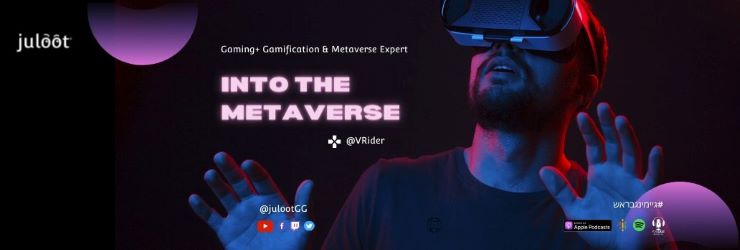
אני מודה לעמותת אשנב-אנשים למען שימוש נבון באינטרנט על ההזמנה וההזדמנות להציג את נושא: קמפיין הבחירות של ברק אובאמה בתוך סקנד לייף והזירה הפוליטית בישראל במסגרת כנס "הטכנולוגיה והאינטרנט בשירות הדמוקרטיה" (בעקבות בחירות 2009).
אודות הכנס:"בבחירות האחרונות לכנסת, וכן בפריימריז שקדמו להן, החליפו במידה רבה הטכנולוגיה ורשת האינטרנט את הכלים הקונבנציונליים שאפיינו מערכות בחירות קודמות,ובהם עצרות בכיכר העיר ופרסום חוצות. כך מצאנו את עצמנו לפתע פתאום מוצפים בבלוגים של מועמדים לראשות הממשלה ולחברות בכנסת, באתרי מפלגות המתעדכנים באורח שוטף, בעמדות הצבעה מתוחכמות המחליפות את הפתקים הישנים ומערכות מידע חדשניות המקצרות משמעותית את זמן ספירת הקולות. תופעה זו מחדדת את העיסוק ביחסי הגומלין בין הטכנולוגיה והדמוקרטיה. האם הטכנולוגיה משרתת את השלטון במדינה דמוקרטית ואיך החוקרים מדמיינים את העתיד האפשרי.
בנושאים אלו ואחרים יתמקד השנה כנס החורף של עמותת אשנב - אנשים למען שימוש נבון באינטרנט. "
מה בתוכנית?
16:30:התכנסות והרשמה
17:00: דברי פתיחה: ברוך הינוך, יו"ר עמותת אשנב
17:15: מושב ראשון: האם ישראל הולכת לקראת בחירות ממוחשבות ומקוונות? האם הבחירות המוקדמות הממוחשבות הן כישלון או הצלחה? כיצד נראתה התעמולה ברשת בבחירות שהסתיימו?
רונן בנבנישטי, חברת מלם-תים: מערכת המיחשוב דמוקרטיה.
בועז דולב, משרד האוצר, מנהל ממשל זמין: בחירות ממוחשבות בישראל, כן או לא?
שוקי פלג, חבר הנהלת אשנב.
עו"ד יהונתן קלינגר, חבר הנהלת אשנ"ב: תעמולה ברשת, יש מקום לרגולציה.
דיון פתוח שאלות ותשובות וסיכום.
הפסקה
18:30 :מושב שני: כיצד תיראה הדמוקרטיה בעידן הטכנולוגי, בעוד שני עשורים? אילו משטרים היא משרתת?
ח"כ מיקי איתן,(הליכוד) יו"ר הוועדה לביקורת המדינה ויו"ר ועדת המישנה לאינטרנט, בכנסת היוצאת.
ד"ר טל פבל, מכון נט ויז'ן לחקר האינטרנט, אוניברסיטת ת"א: שימושים פרואקטיביים של משטרים דמוקרטיים באינטרנט.
ד"ר דן בילסקי, עורך בכיר, קול ישראל, מרצה לתקשורת
ד"ר חנן גזית, חבר הנהלת אשנב, מנכ"ל מטאוורסנס:קמפיין הבחירות של ברק אובאמה בסקנד לייף והזירה הפוליטית בישראל.
דיון פתוח, שאלות ותשובות וסיכום.
19:45:סיום משוער.
מנחה: יהודה קונפורטס, עורך ראשי, אנשים ומחשבים, חבר הנהלת אשנב.
כנס החורף של עמותת אשנב - אנשים למען שימוש נבון באינטרנט יתקיים
מתי? ביום שלישי ה 17 לפברואר 2009
שעות? בין השעות 17:00- 20:00
איפה? באודיטוריום סמינר הקיבוצים – רמת אביב.
ראו הזמנה זו כהזמנה אישית. הכנס ללא תשלום אך נדרשת הרשמה מראש!
להרשמה: www.eshnav.org.il/default.asp?PageID=53











